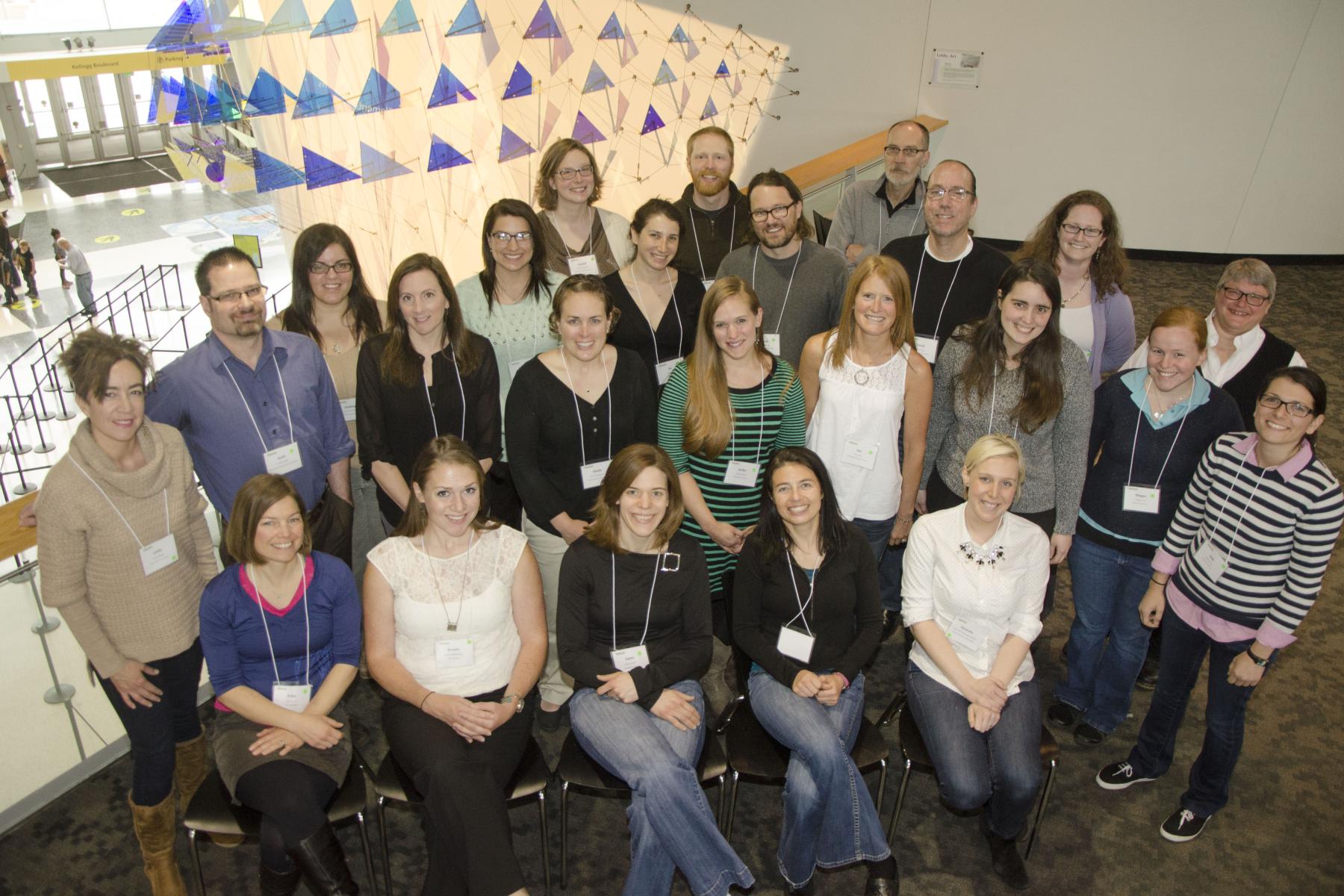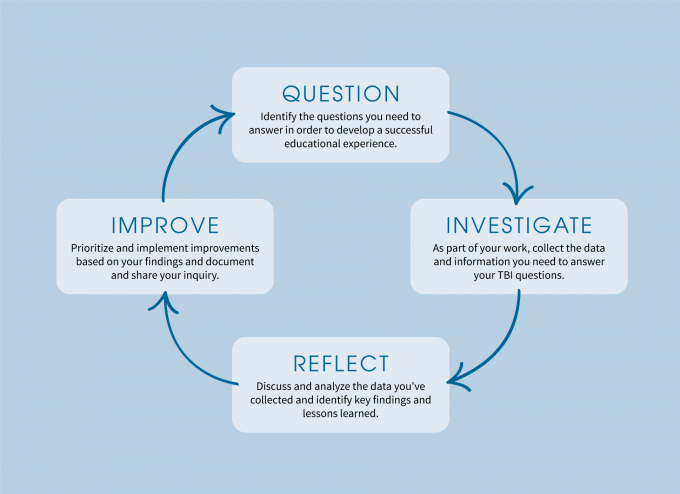DESCRIPTION
In 2014, the Network provided an in-depth professional development training to 20 staff from 10 institutions within the network to fully learn and practice Team-Based Inquiry (TBI). Through this process, individuals learned and practiced TBI, conducted TBI on their mini-grant projects, implemented changes to their mini-grant projects, and wrote reports and presentations on their experience. The videos below are the institutions' presentations to the cohort about their own projects. These are concrete, real-world examples of how TBI has been put to use - consider using it in your own work!
DESCRIPTION
In 2014, the Network provided an in-depth professional development training to 20 staff from 10 institutions within the network to fully learn and practice Team-Based Inquiry (TBI). Through this process, individuals learned and practiced TBI, conducted TBI on their mini-grant projects, implemented changes to their mini-grant projects, and wrote reports and presentations on their experience. The videos below are the institutions' presentations to the cohort about their own projects. These are concrete, real-world examples of how TBI has been put to use - consider using it in your own work!
TRAINING VIDEOS
OBJECTIVES
NANO CONTENT MAP
Nanometer-sized things are very small, and often behave differently than larger things do.
Scientists and engineers have formed the interdisciplinary field of nanotechnology by investigating properties and manipulating matter at the nanoscale.
Nanoscience, nanotechnology, and nanoengineering lead to new knowledge and innovations that weren't possible before.
Nanotechnologies—and their costs, utility, risks, and benefits—are closely interconnected with society and with our values.
DOWNLOAD FILES
Credits
Science Museum of Minnesota and Museum of Science, Boston
Developed for the NISE Network with funding from the National Science Foundation under Award Numbers 0532536 and 0940143. Any opinions, findings, and conclusions or recommendations expressed in this product are those of the authors and do not necessarily reflect the views of the Foundation.
Creative Commons Attribution Non-Commercial Share Alike 3.0 United States (CC BY-NC-SA 3.0 US).
View more details

NISE Network products are developed through an iterative collaborative process that includes scientific review, peer review, and visitor evaluation in accordance with an inclusive audiences approach. Products are designed to be easily edited and adapted for different audiences under a Creative Commons Attribution Non-Commercial Share Alike license. To learn more, visit our Development Process page.



